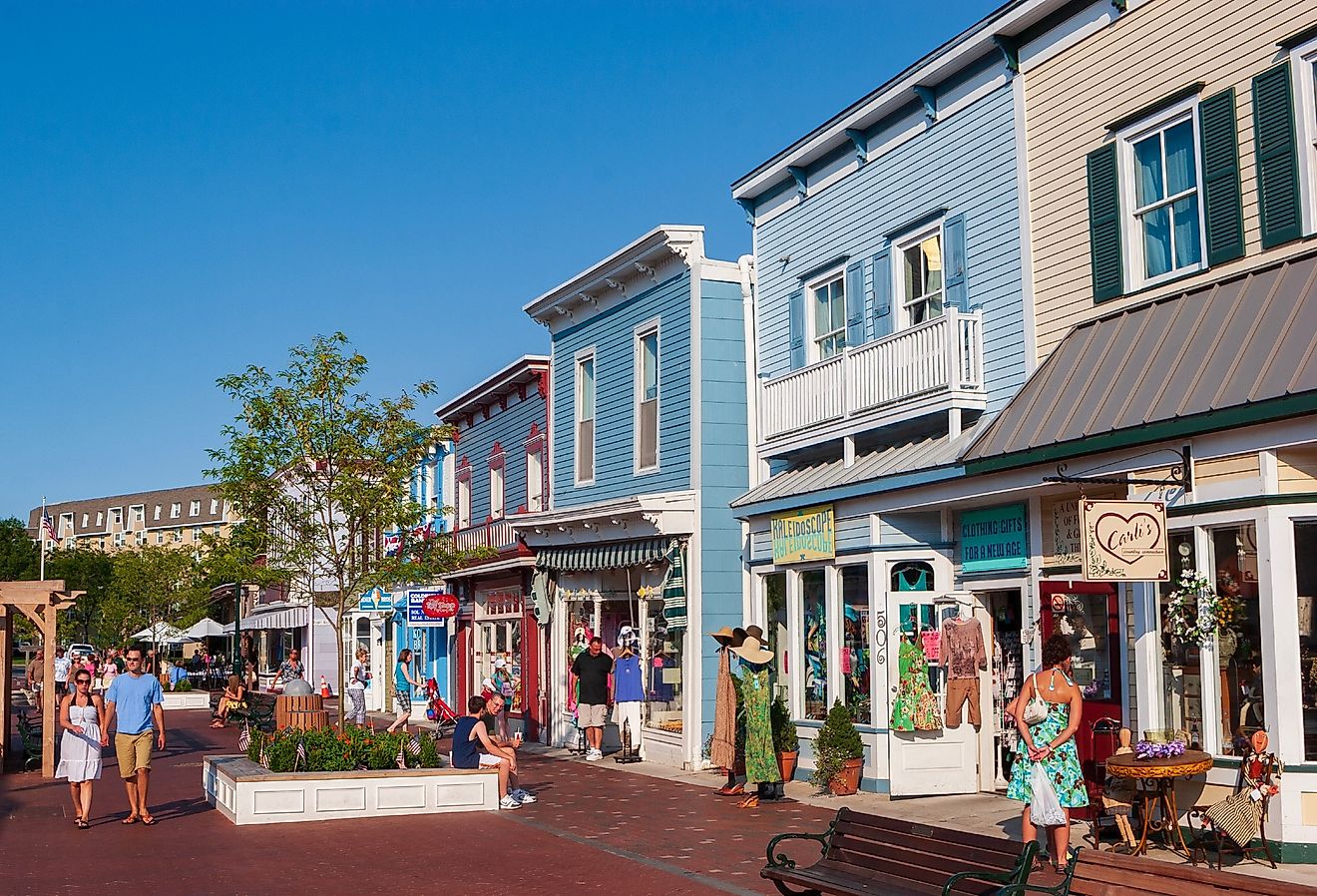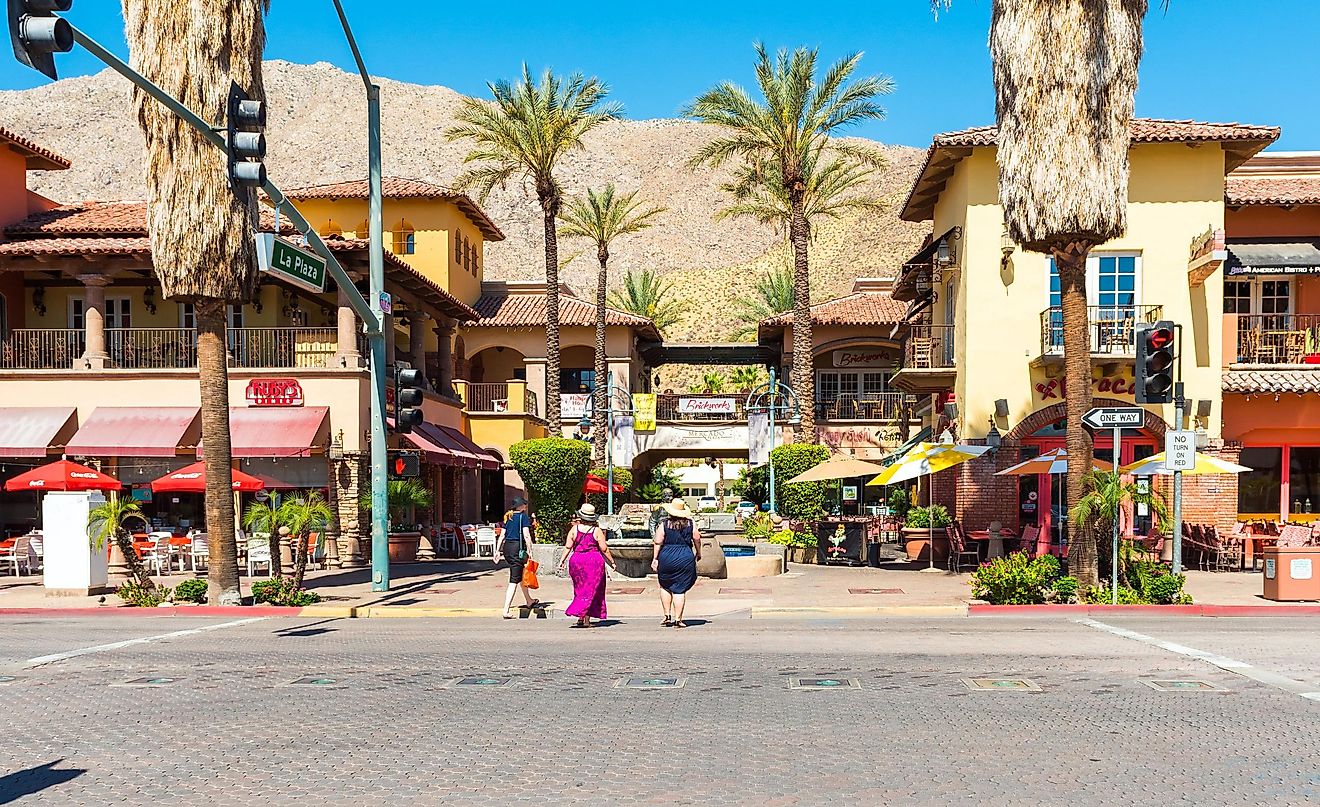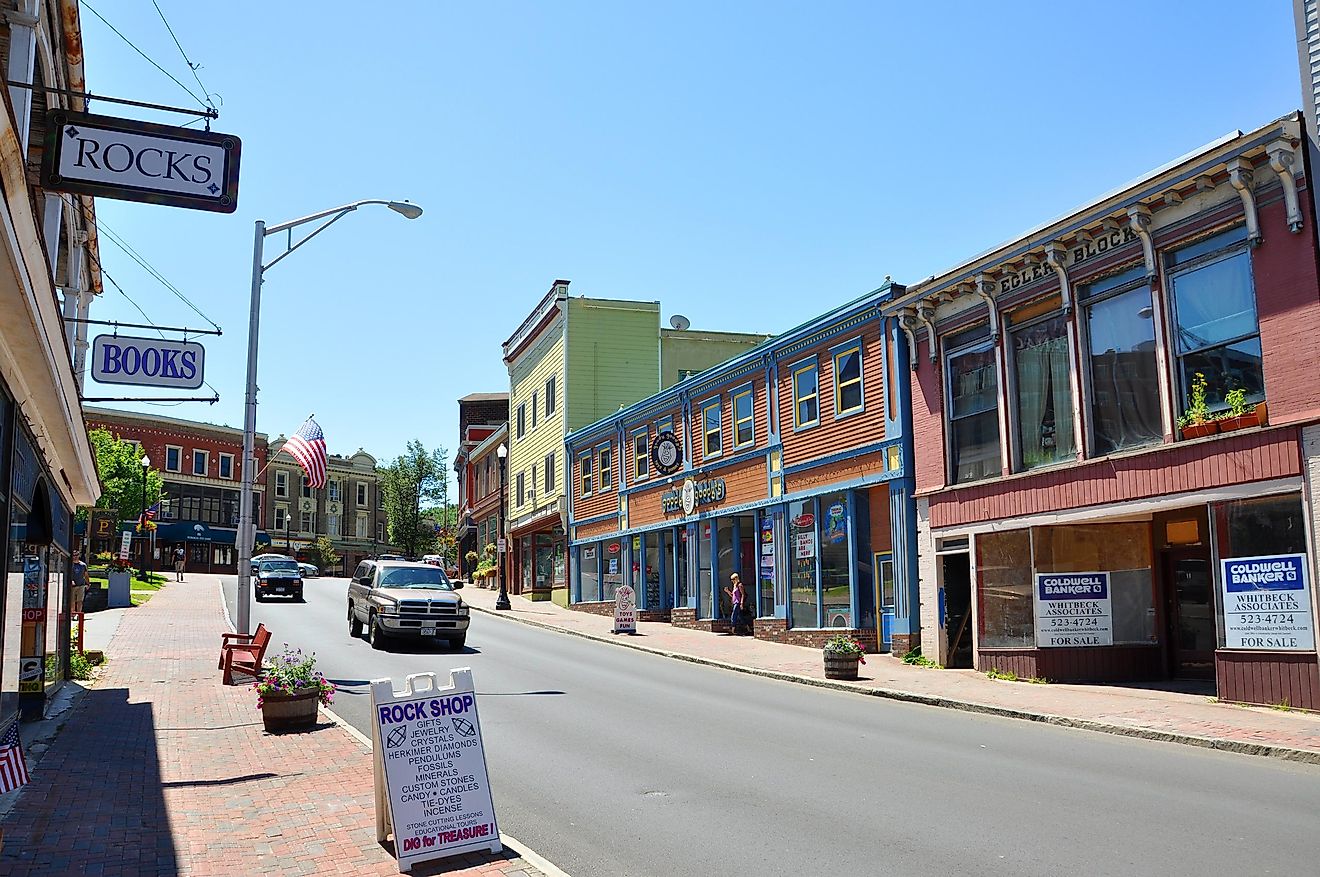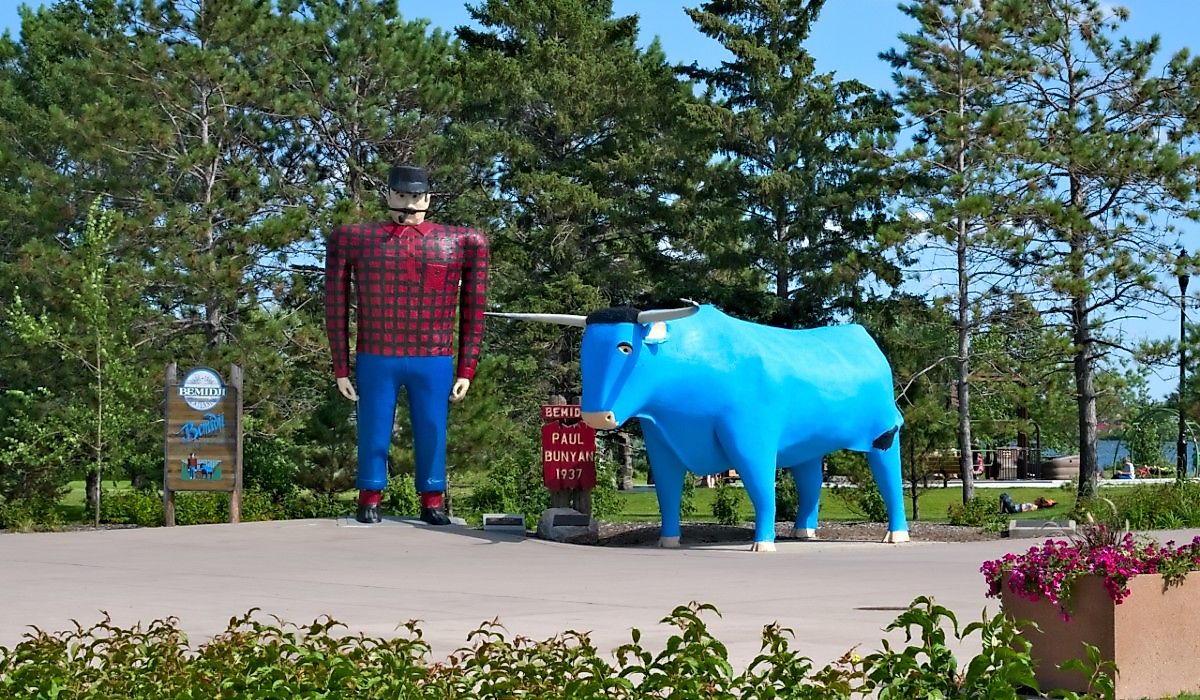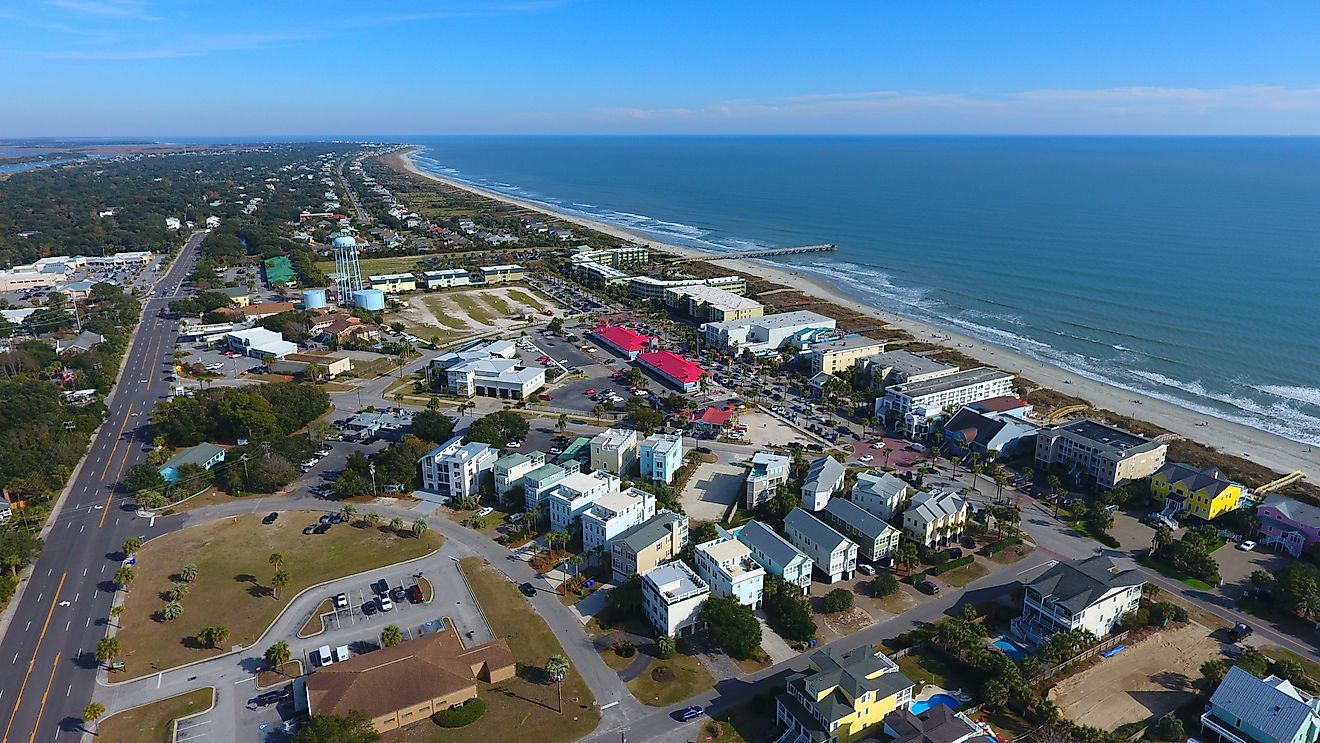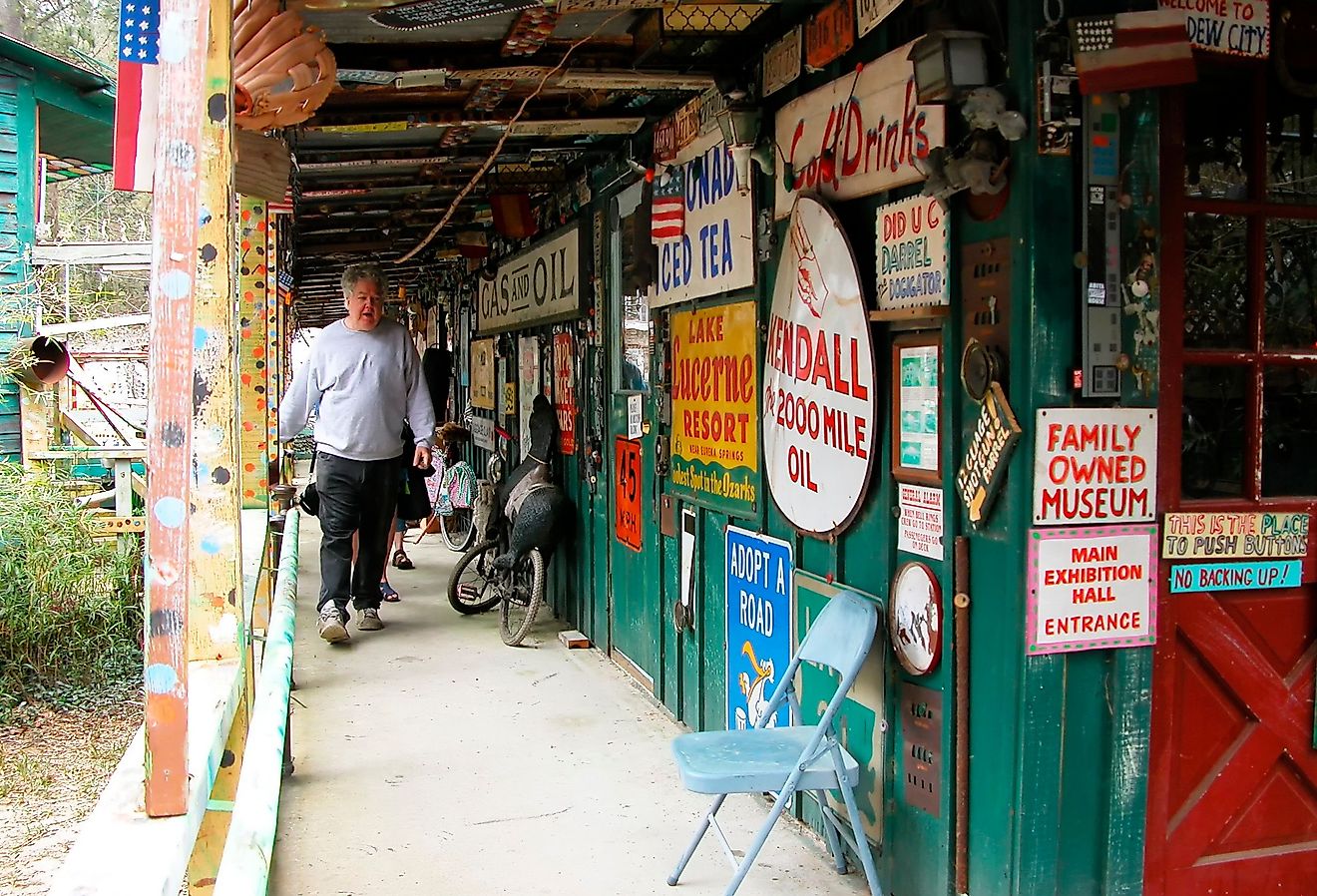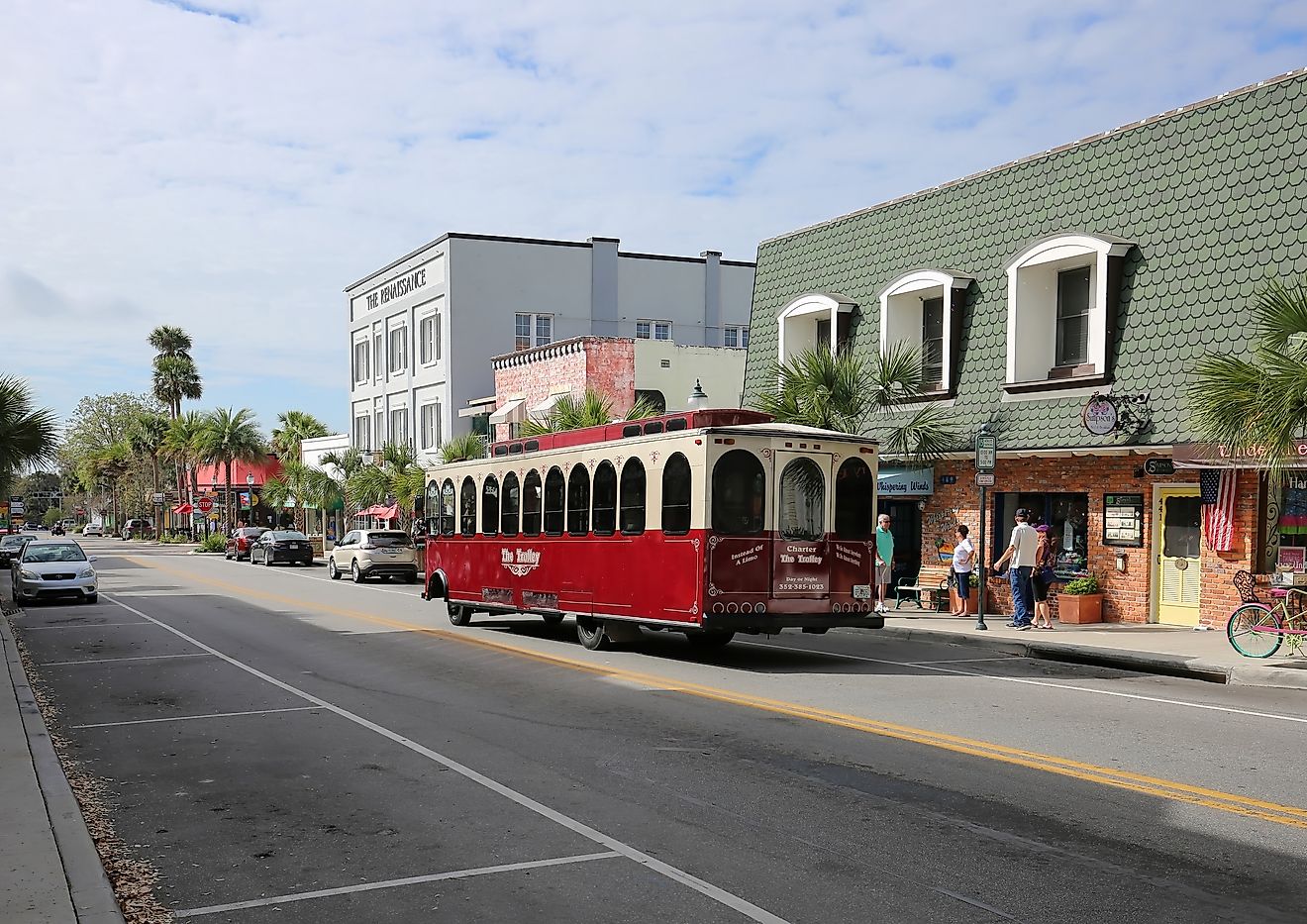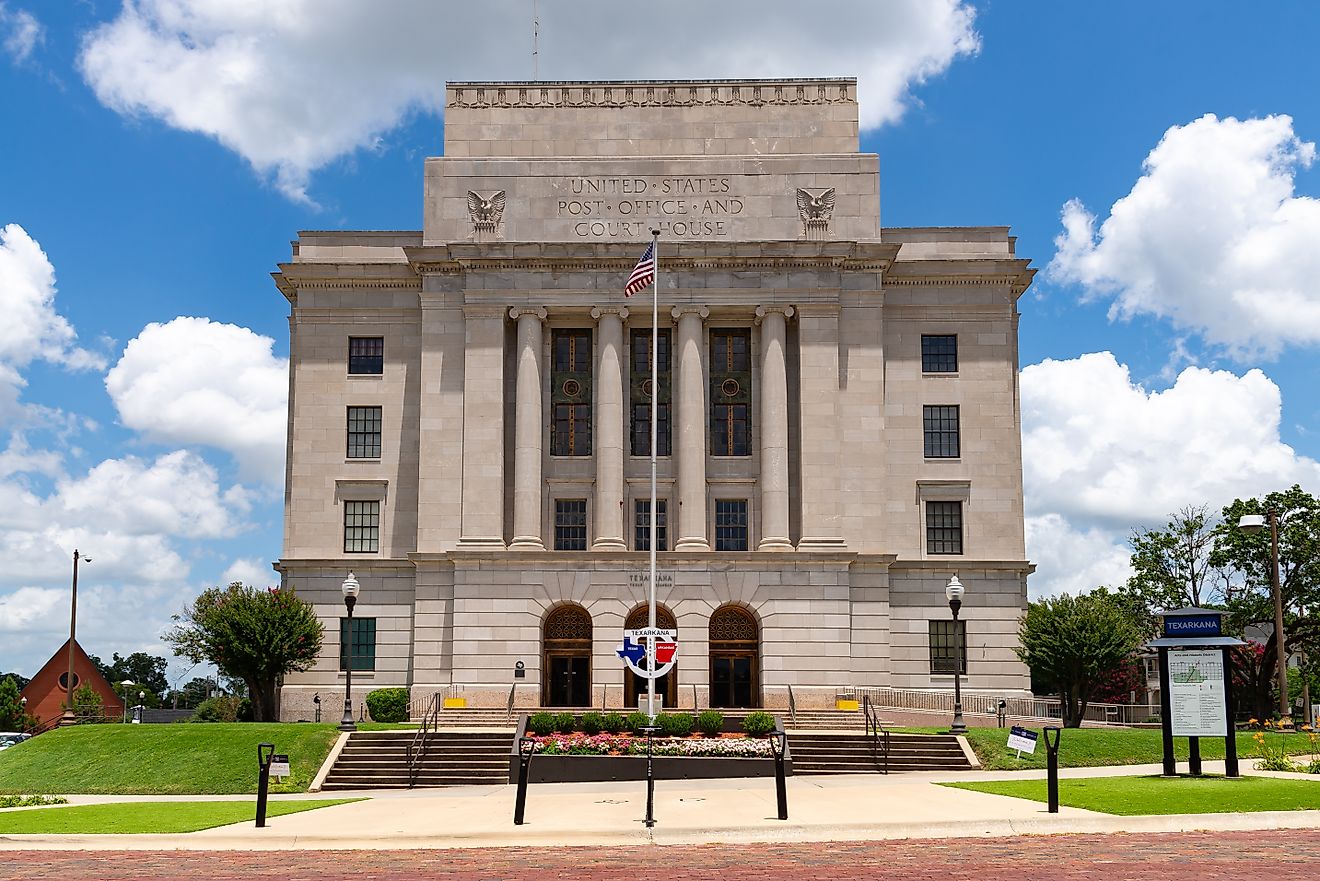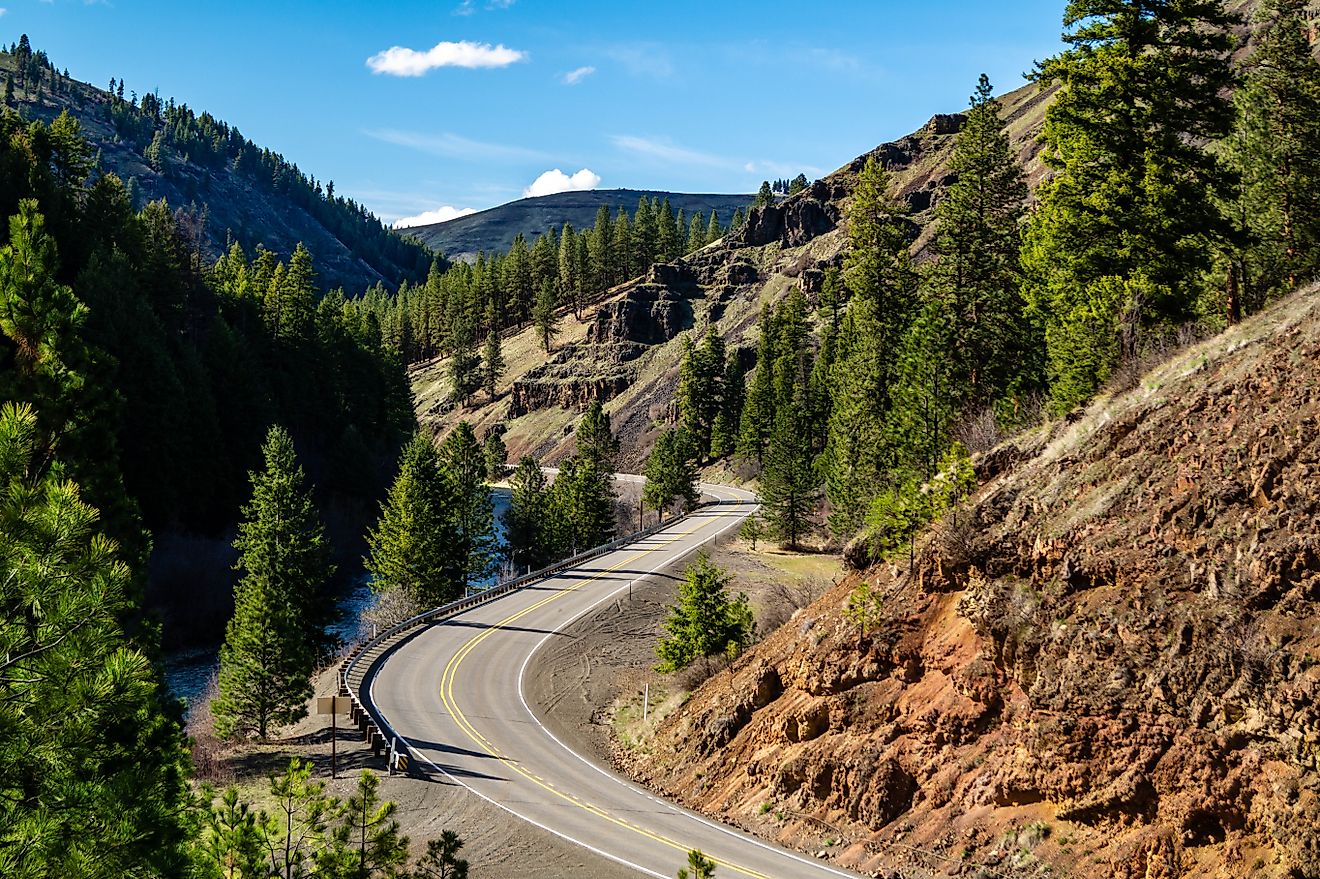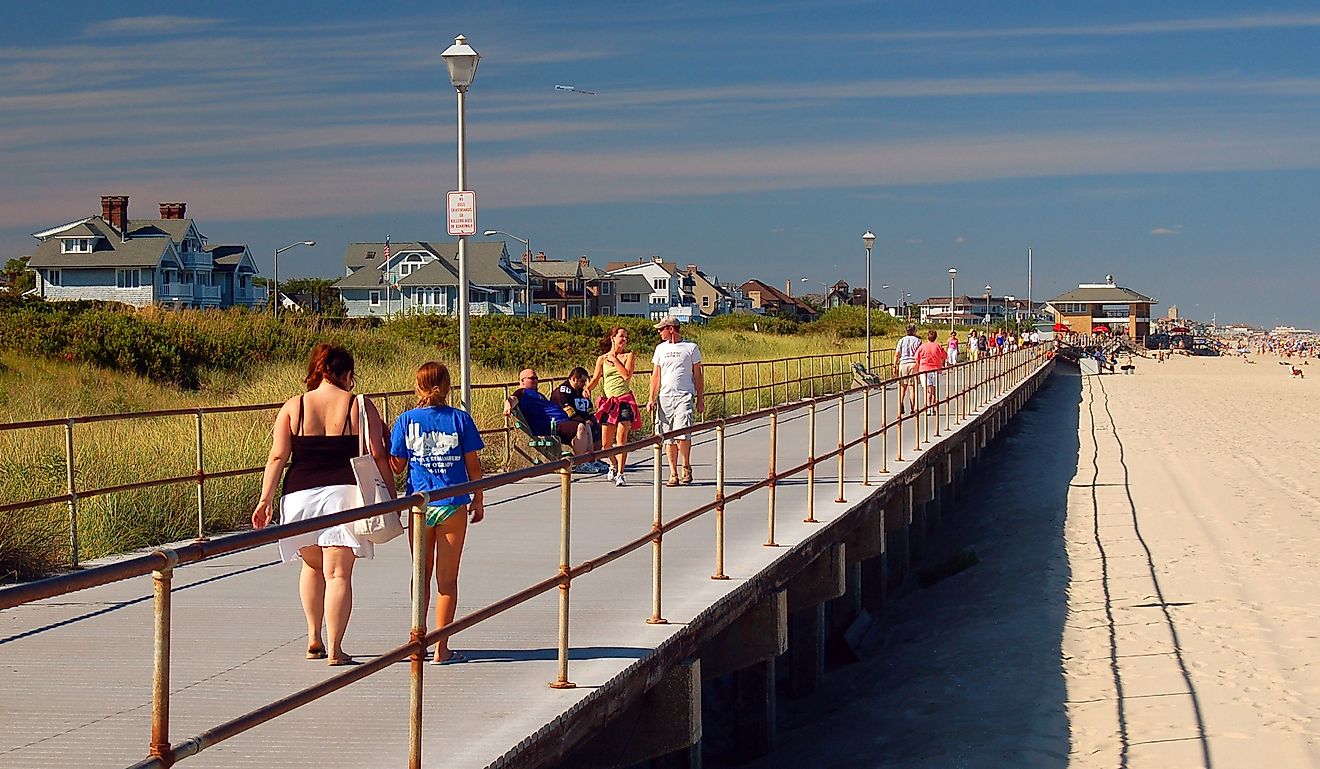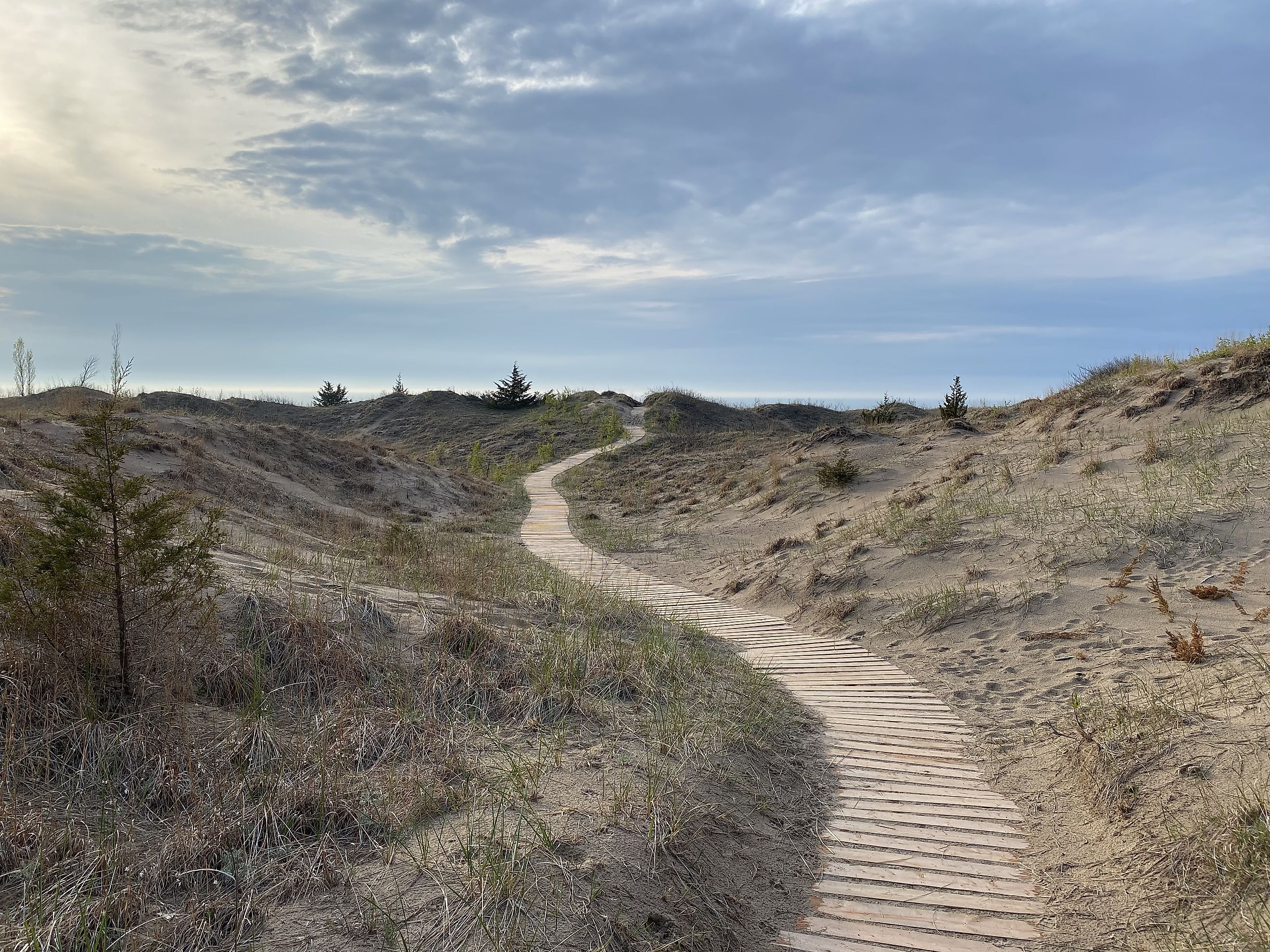
Pinery Provincial Park
Popular, delicate, pristine, and extensive, Pinery Provincial Park is one of southern Ontario's premier natural attractions. With a contiguous ten-kilometer (six-mile) Lake Huron beach, diverse hiking trails (and a lengthy bike path), multiple spacious campgrounds, and a robust rental facility, "The Pinery" is a magnet for outdoor recreation. This 6,260-acre park is also a bastion for thousands of species of flora and fauna that live within a rare blend of ecosystems. Growing up in Sarnia, Ontario, I had the chance to camp, swim, and even run a cross-country race or two at the Pinery, but after traveling abroad for the last two years, I finally returned to get reacquainted with this old friend.
Geography
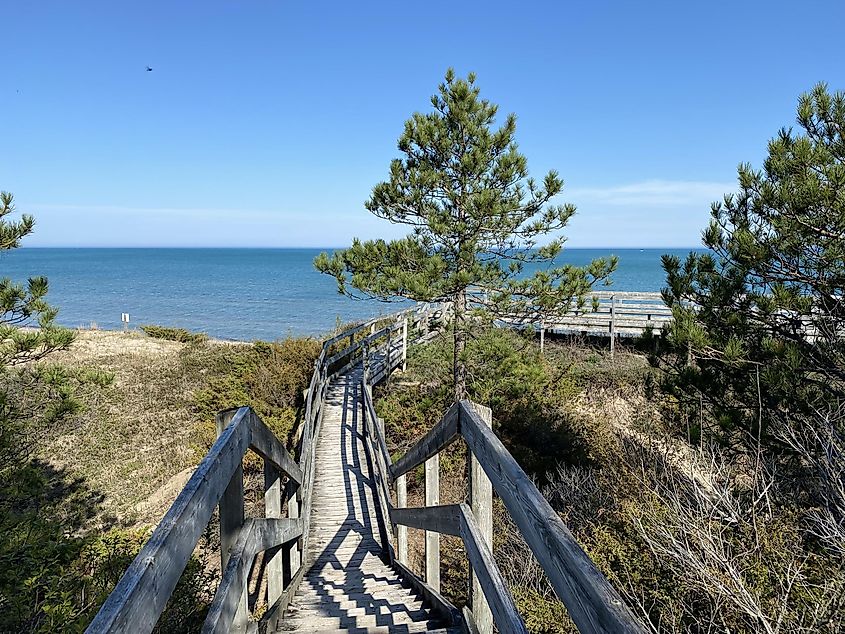
Pinery Provincial Park is located in Grand Bend, Ontario, within the Municipality of Lambton Shores, in Lambton County. It rides the southeast shore of Lake Huron for ten kilometers, is horizontally bisected by the Old Ausable Channel, and is bounded by the Ausable River Cut, to the southwest, and Grand Bend's residential area, to the northeast, and Lakeshore Road (i.e. Highway 21), which lines its entire inland length. The Pinery sits approximately 230 kilometers (143 miles) west of Toronto, 70km (43 mi) northwest of London, 65km (40 mi) northeast of Sarnia (a Michigan border town), and 161km (100 mi) northeast of Detroit.
Ecology
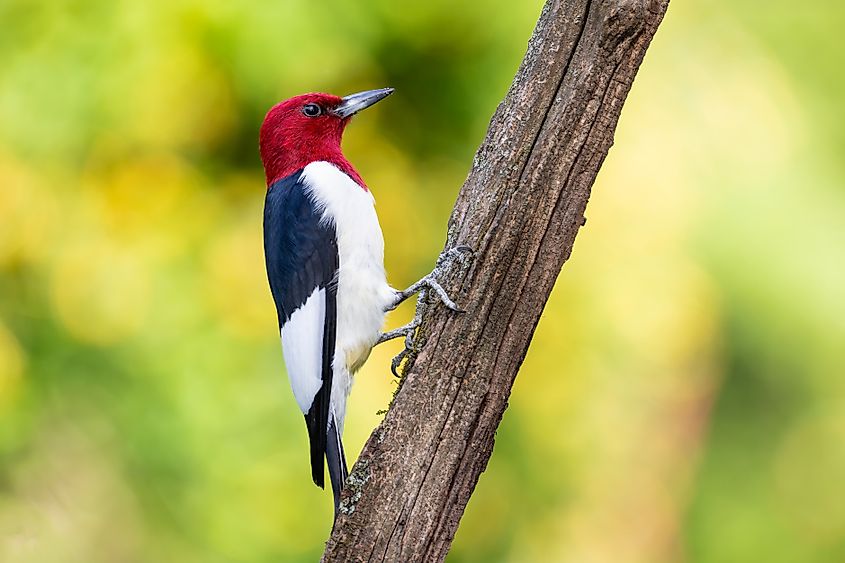
The Pinery protects the largest remaining swath of Oak Savanna in the province, a substantial stretch of freshwater dunes, and a small section of Carolinian forest. This globally-rare trifecta was drastically reduced during the industrial, agricultural, and residential developments of the Great Lakes region over the past two centuries. And because of the fluid nature of sand dunes, it remains a fragile phenomenon. For this reason, it is important to remain on the Pinery's designated boardwalks, trails (note the rehabilitation reroutes), and beach access points. This minimizes the impact of something as seemingly mundane as footsteps.
Despite the history of encroachment and the park's significant annual traffic (i.e., ~500,000 visitors), scores of intriguing species continue to rely on the Pinery for a permanent home, or at least temporary refuge - some abundant, some locally threatened, and some endangered. For starters, over 800 species of vascular plants grow within the provincial park's boundary, including seven species of oak trees (hence the name, Oak Savanna), and because sunlight reaches the forest floor in abundance, many smaller plants, such as the New Jersey tea, woodland sunflower, rough blazing star, green comet milkweed, and other shrubs and wildflowers are able to flourish. In the Carolinian subsection of the Pinery, Tulip Trees grow upwards of 30 meters (100 feet), making them one of the tallest species in eastern North America.
While not nearly as mesmerizing as tall trees or wildflowers, take a moment to appreciate the marram grass that grows all over the sand dunes. Without it, the dunes would be lost to erosion. Marram grass is the glue that holds together this spectacular landscape.
In terms of animals, no less than 310 species of birds have been documented at the Pinery. Along with all the colorful Ontario favorites (i.e., the blue jay, cardinal, and robin), such standouts include the migratory bank swallow (threatened), the camouflaged Eastern whip-poor-will (threatened), and the aptly-named red-headed woodpecker (endangered).
Birds aren't the only winged creatures in great supply. The Pinery welcomes 50 species of butterflies, including the locally-endangered monarch (famous for its epic, multi-generational migration). The little brown myotis, aka little brown bat, which was once the most widespread species on the continent but now is listed as endangered by the Ontario Government, can also be found in the park between late May through to August.
In terms of reptiles, the Pinery hosts multiple types of turtles (i.e. spotted, snapping, and painted), as well as serpents, from the common garter snake to the rare (and harmless) hog-nosed milk snake, and Ontario's sole species of lizard: the five-lined skink. As for amphibians, salamanders, frogs, and toads can be found throughout the Pinery's rivers and wetlands.
And last but not least, 32 species of mammals have been documented within park limits. Common sightings include white-tailed deer, red squirrels, chipmunks, raccoons, and beavers, but also the likes of the coyote, flying-squirrel, and the occasional black bear (so campers, secure your food at night).
History
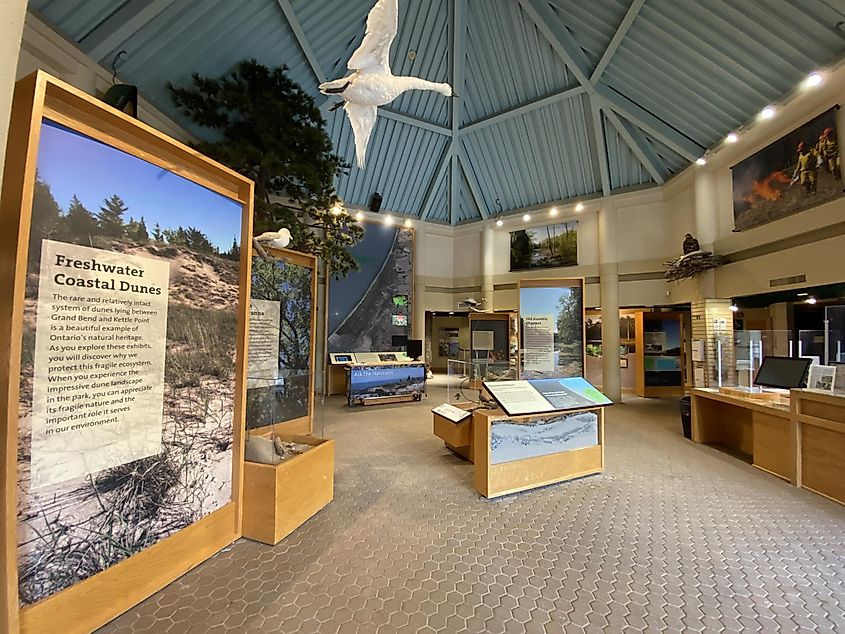
The Pinery has seen its share of ups and downs and has also benefited from a bit of luck. For example, the now cherished sandy soil was what deterred early colonists on the hunt for viable farmland. Then, in 1929, an American developer envisioned a high-end beach resort at this exact site. Thankfully for us campers and conservationists (but not so much for Frank Salter), the funding never came through. Instead, in 1957, the land was purchased with the intention of establishing a provincial park. Two years later, Pinery Provincial Park opened to the public, and with great reception.
Throughout the 1960's and 70's, two major but well-intentioned mistakes were made. First, nearly three million black pine trees were planted in order to fill in what was viewed as a degraded forest. Secondly, forest fires were suppressed. Little did park guardians know, the Oak Savanna ecosystem is supposed to be relatively bare, as it is a transition zone between prairie grasslands and oak forests. Furthermore, periodic forest fires, concerning as they may seem on the surface, are healthy and necessary to maintain long-term stability. The fact that over 99.93% of the world's Oak Savanna ecosystems had either been destroyed or seriously altered also failed to register during the early days of the Pinery. With that said, by the 1980s, course corrections had begun in the form of prescribed burns and pine cutting initiatives. The Pinery now protects a significant portion of the planet's remaining Oak Savanna.
In 1989, The Friends of the Pinery Park was registered as a formal charity. This group of members, volunteers, and employed experts has since dedicated itself to the "education, promotion, and preservation of the Pinery Provincial Park."
As for a more infamous but nonetheless noteworthy event: in 1996, Indiana-based serial killer Herb Baumeister, while on the run from authorities, fled to Pinery Provincial Park. There, on July 3rd, he took one final victim: himself.
Attractions/Amenities
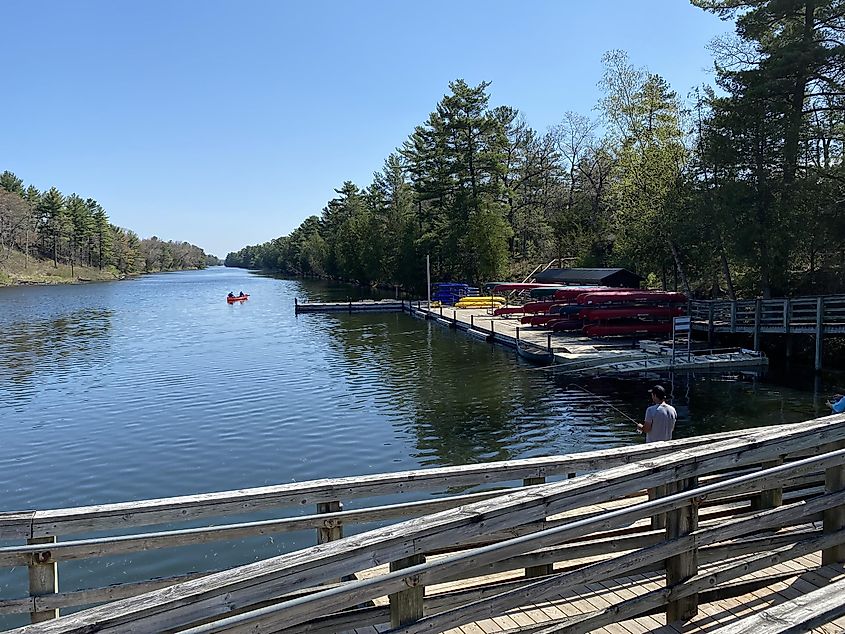
While the Pinery deserves plenty of praise for its ongoing conservation efforts, this provincial park should also get a gold star for its year-round outdoor recreation outlets. Here are a few of the core features and activities available to visitors.
Spring through Fall:
- An interactive and informative Visitor Center
- Three campgrounds with over 1,000 sites (serviced/primitive, cabins, and yurts)
- A sizable camp store
- Ten kilometers of sandy yet wild beaches. Great for swimming, walking, lounging and sunsets
- Ten distinct hiking trails
- A 14-kilometer biking trail
- Canoe, kayak, hydro-bike, and stand-up paddleboard rental facility (with ice cream!)
- Fishing (license required) in the Old Ausable River Channel for over 50 species of warm-water fish. Note: the pugnose shiner, lake chubsucker, and grass pickerel are off-limits as they are at-risk species
- Birding: 124 nesting species and even more seasonal varieties
Winter:
- 38 kilometers of groomed cross-country ski trails
- Snowshoeing on walking trails and ungroomed roads
- Tobogganing hill
- Skating rink
- Winter Chalet
One Happy Camper
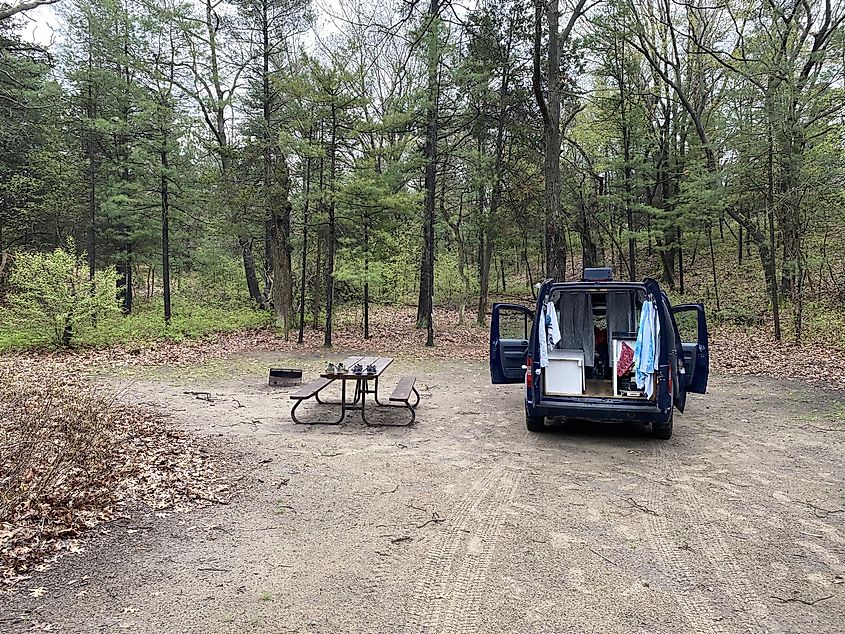
I wheeled into the Pinery on a cool and drizzly weekday, ahead of the peak summer crowds. The suboptimal day (at least, on paper), ended up setting the stage for a magical visit. I parked myself in an out-of-the-way campsite within the Dunes Campground, far from the popular amenities but with a short, sneaky path to the beach. National Geographic once ranked the Pinery as one of the best places in the world to watch the sunset, and even through thick clouds, I could see why. Nothing washes down a day on the trails and a dinner cooked on a butane stove quite like the sky's final textured glow over one of the world's biggest lakes. If you have a chance to get to the Pinery this season, then, like me, you will be one happy camper.

